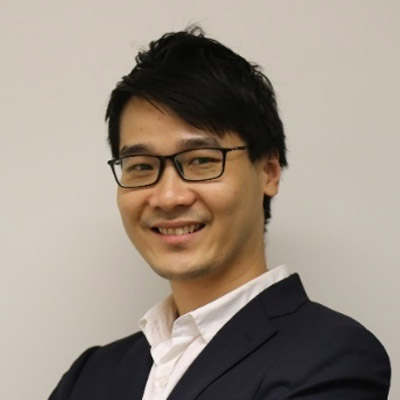BIO - Ir. Dr. Yuk-ming TANG
Ir. Dr. Yuk Ming Tang is currently the Senior Teaching Fellow in the Department of Industrial and Systems Engineering at The Hong Kong Polytechnic University. He is the Lab-in-charge of the Integrated Product Design Laboratory, Deputy Lab-in-charge of Ng Tat Lun Digital Factory, a key and initiating member of the Joint Research Centre for Immersive Learning and Educational Technology (CILME), and Co-PI of the Research Centre for Assistive Technology. Additionally, Dr. Tang is the President of the Industrial and Systems Engineers - Hong Kong and a member of The Hong Kong Institution of Engineers (MHKIE).
Dr. Tang's research interests include Artificial Intelligence (AI), Virtual Reality (VR), Internet of Things, Digital Twin, blockchain, sustainable technology in Industry 4.0, and healthcare applications. In the span of three years, Dr. Tang has published over 80 internationally referred journal articles, 10 book chapters, edited 4 books, and received 2 patents. He was a speaker at the Hospital Authority Convention and was interviewed in the episodes of "香港故事_創科夢工場:活在元宇宙" and "Innovation GPS" (創科導航), television programs on local channels RTHK and TVB.
In Hong Kong, numerous multi-part covers are installed on large drains, chambers, and box culverts to cover the entrance for regular inspections or maintenance. Many are across main roads taking the full brunt of heavy traffic. Opening a multi-part cover for underneath structural inspection is costly and causes traffic disruptions. Various inspection methods including using robots are restricted by the types of piping/channels, configurations, and unknown distances from entry ports. Measuring vibrational signals has been shown in many publications to be a viable means for sensing structural faults within a distance, and the latest artificial intelligence (AI) technology could be deployed to analyse the signal.
This project aims to conduct a feasibility study on developing an intelligent non-invasive structural health inspection system for scanning the multi-part covers on main roads without traffic interruptions. Several state-of-the-art AI technologies are adopted to identify acoustic emissions from a problematic multi-part cover admit background environmental and traffic noises. The system will generally narrow down a problematic multi-part cover in stages. AI technologies can help distinguish a problematic multipart cover from the complexity of environmental and traffic noises.
This project result will be a non-invasive inspection method for examining structures underneath a multi-part cover. The approach enables examining the multi-part cover underneath the structure at low cost and reduces traffic disruptions.
